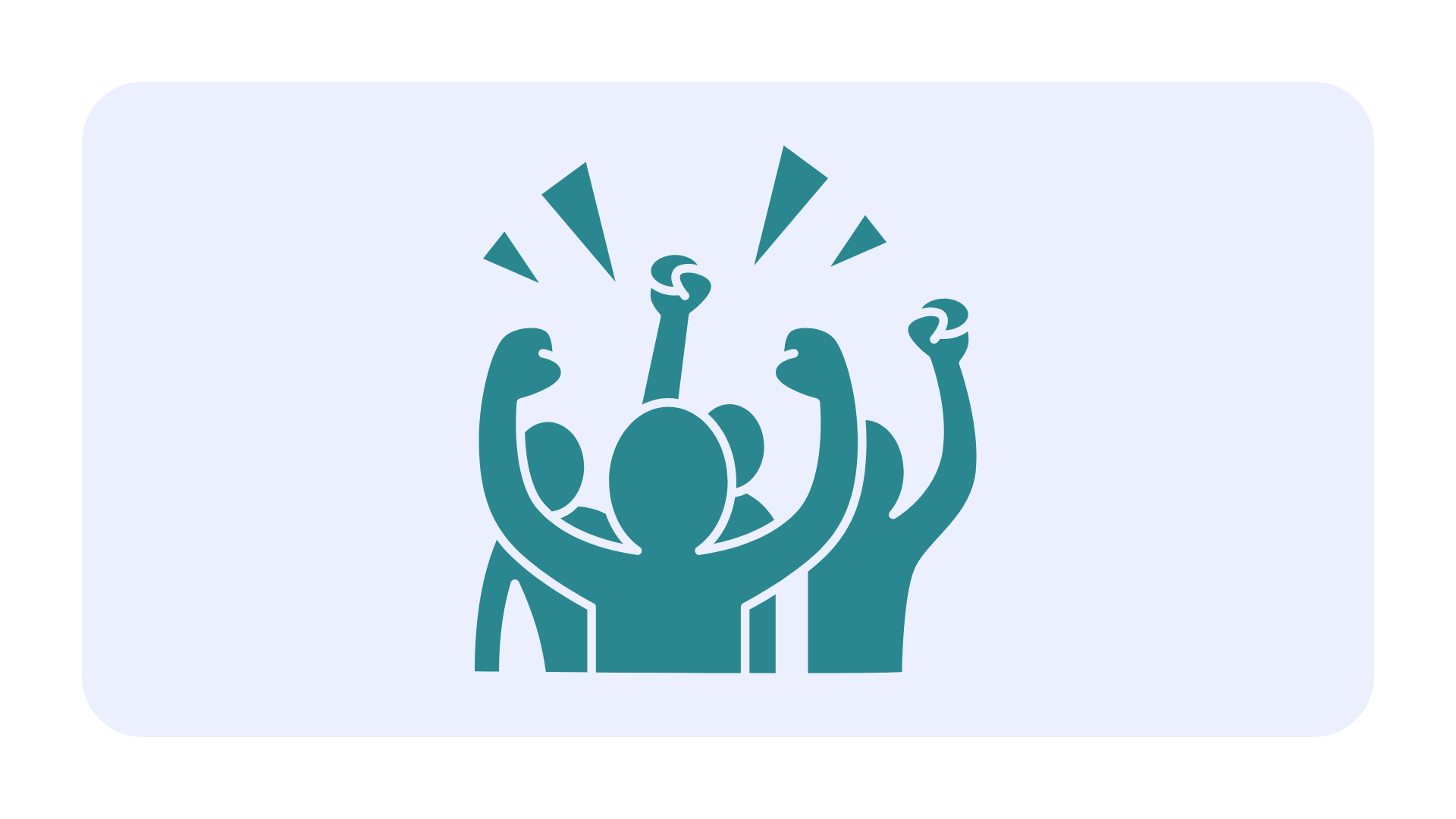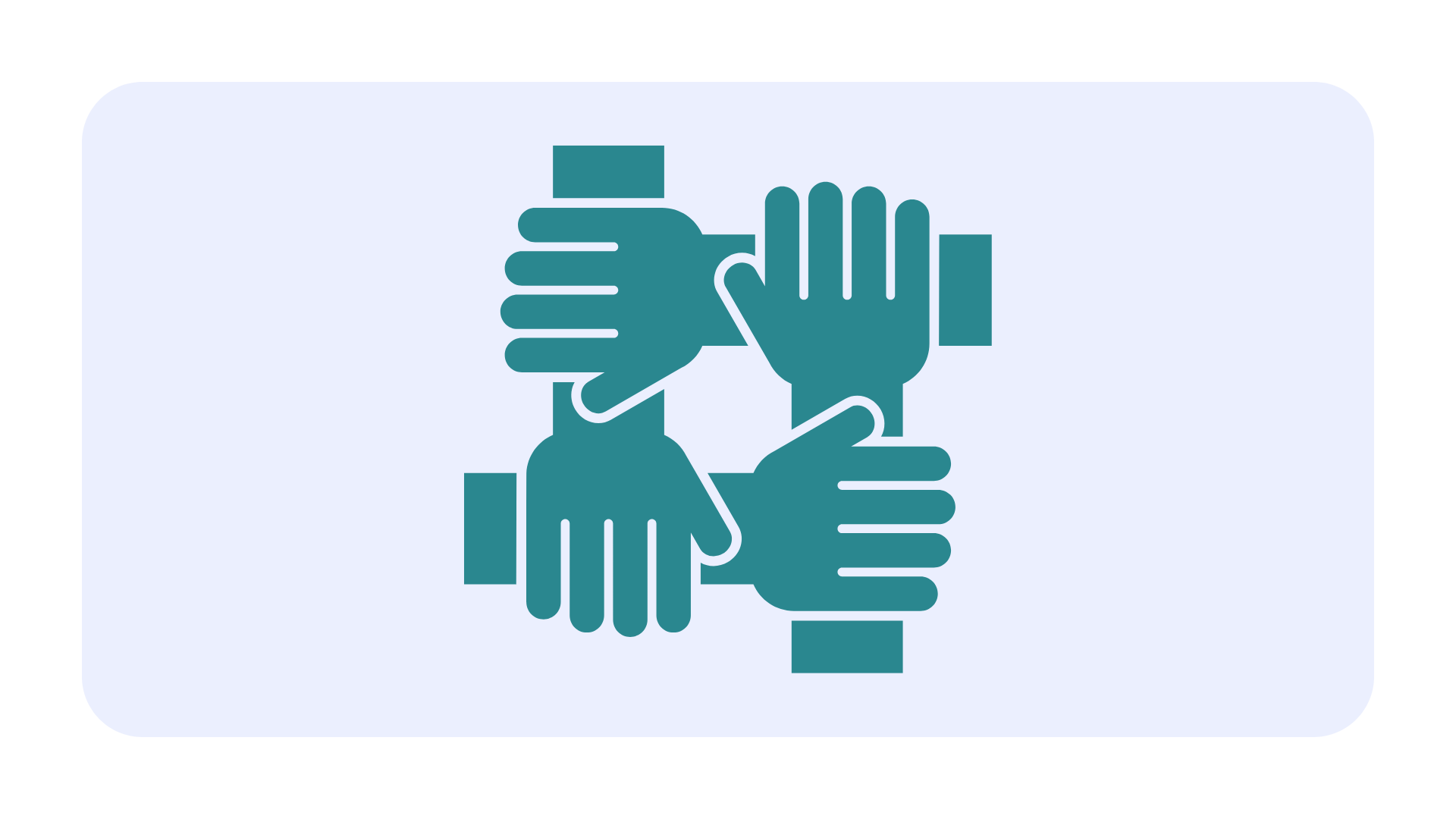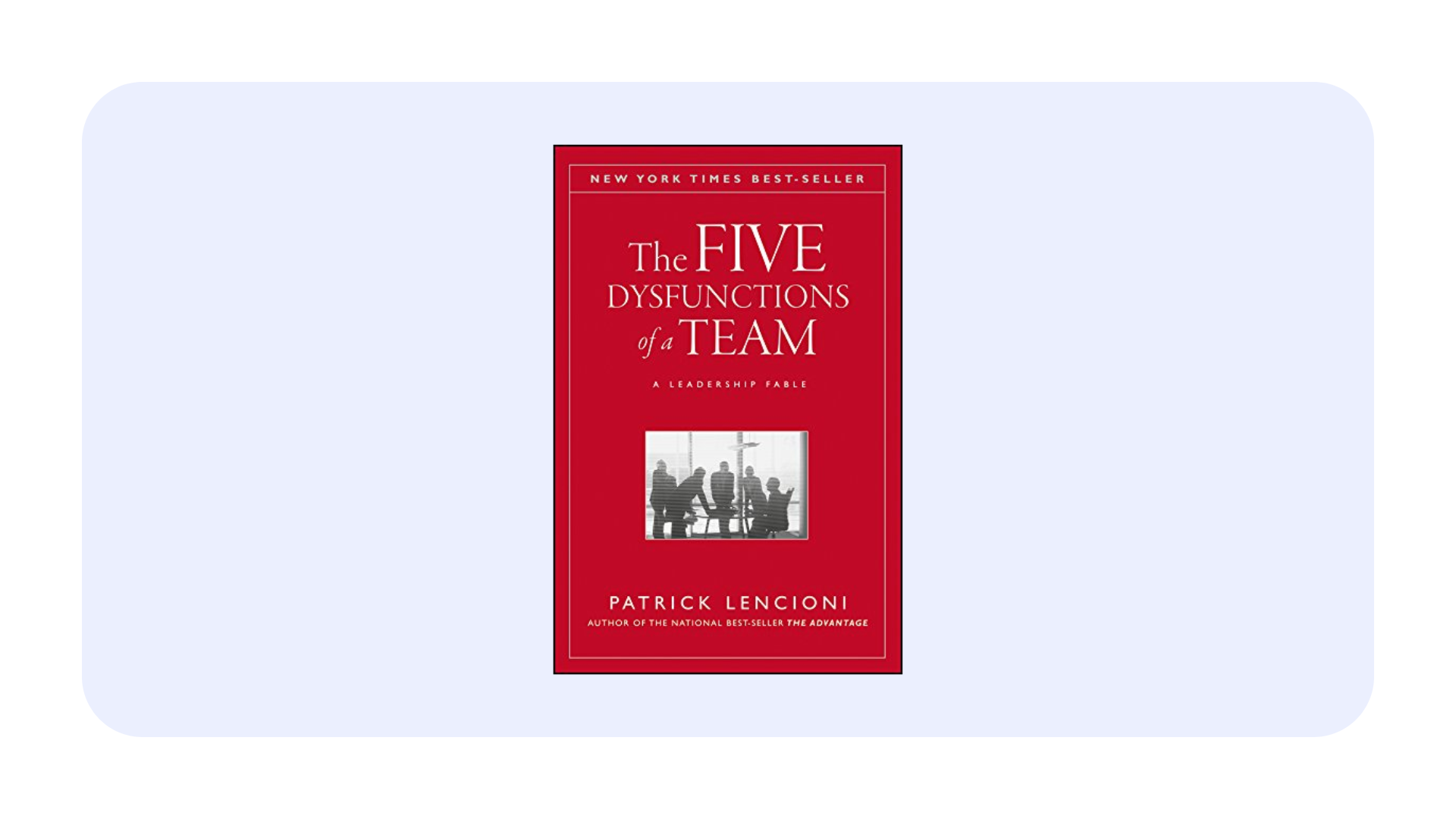
You’ve seen it happen before your very eyes. What once was an office culture buzzing with enthusiasm, action, and camaraderie now echoes with the silence of lost potential. Maybe your team members have got stuck in a rut, maybe all they ever want to do now is quickly wrap up their daily tasks and clock out. There’s a noticeable shift; your team cannot wait to leave meetings, offsites inspire groans rather than excitement, conversations only ever add up to exchanging pleasantries, and ‘team bonding’ has evolved into a chore best avoided.
Do these scenarios feel all too familiar? If so, you are likely in the midst of a team in discord. A cohesive team is a powerhouse: fostering lifelong connections, seamless networks, and boosting performance levels. However, when harmony is disturbed, the fallout affects more than just collective achievements – it reaches individual standing and morale. No leader desires such an outcome, but at the helm, it’s your call to restore coherence and direction.
Blueprint to Mend a Fractured Team Spirit
Acknowledge the issue
Realization is your starting point—ignorance is never bliss in teamwork. How can you fix what you’re not aware is broken? The first step in transforming your struggling team starts with you—the leader. You must acknowledge that ignoring the issue won’t make it disappear. Confront the reality head-on: a problem identified is a problem half-solved. It’s about understanding that to build a bridge over troubled waters, you must first pinpoint where the currents are most turbulent.
How to Recognize the Signs of a Team in Turmoil?
Your team will show indicators that something is not quite right—observe it.
- Frequent missed deadlines
- A conspicuous dip in morale
- A drop in quality and stagnation in innovation
- Silence or finger-pointing in team gatherings
- Absent enthusiasm and low energy
- Decreasing productivity and latent conflicts
- A constant exit of talent
- Feedback becomes a one-way street
- Collaboration feels forced, the signals are unmistakable – the team is adrift.
Begin with a Shift in Perspective
To improve a team that’s not working well together, it’s important to start with how people think.
How do you get a group of talented people to work together successfully?
It’s all about mindset.
Every person on the team has their way of seeing things, what drives them, their past experiences, and their skills. You need to appreciate and use these differences to build a strong team.
Opening Lines of Communication
Every successful relationship, whether personal or professional, hinges on honest communication.
- Create an environment where team members feel safe to express their thoughts, concerns, and ideas.
- Open the gates for dialogue, invite honest feedback, and tend to the issues revealed.
- Regular, structured meetings and informal catch-ups can be effective, but so can anonymous suggestion boxes or digital forums.
The point is not just to talk more, but to talk with purpose.
It’s within these exchanges that a team finds its voice and begins the path to healing.
Leadership’s Charge in Calm and Crisis
In turbulent chapters, all eyes turn toward the captain for guidance. This step is on you.
- Assert your presence, articulate your vision, and walk the floor.
- Your team needs to see you, hear from you, and feel guided by you.
- Only then can they reason in your collective goals and start navigating towards them.
Setting and Aligning Goals
- Set SMART goals that inject clarity into your team’s daily activities.
- Assign roles that play to each member’s strengths, and make sure everyone understands not just the ‘what’ but the ‘why’ behind their tasks.
- Alignment turns a group of individuals into a single, purpose-driven entity.
Nurturing Morale and Confidence
- The spirit of a team is embedded in its morale.
- Give equal celebration to minor and major victories alike.
- Cultivate team solidarity through authentic team-building initiatives.
Address grievances openly and embark on the path of restoration, one frank dialogue at a time.
Empowering Through Learning and Resources
- Bridge capability gaps by bestowing your team with the required skills and tools for excellence.
- This may entail further training, recruiting fresh abilities, or reassigning tasks, but the outcome should be a team that is not only willing but fully equipped to meet their responsibilities.
Adapt and Overcome
- Make regular assessments of your navigational methods—your approach to fostering team culture.
- Engage with your crew, understand their perspectives, and use this to steer the team culture toward shared success.
- Adaptability is a hallmark of a resilient team.
At ‘SJ Innovation,’ we set the stage for teamwork on day one. New members receive a vital read: “The Five Dysfunctions of a Team” by ‘Patrick Lencioni’. This book is a practical guide that helps us understand and fix team issues. Lencioni points out five common problems that teams face:
- Lack of trust
- Avoidance of conflict
- Absence of commitment
- Evasion of accountability
- Disregard for results.
Drawing inspiration from the book, we focus on solid, actionable principles to build a solid team foundation:
Trust is the Base
Trust is the first thing we build in our teams here at ‘SJ Innovation.’ It’s the cornerstone for everything else. Without trust, people hide their ideas and fears, and true progress is stifled.
Tackle Conflicts
We don’t shy away from disagreements. Conflict, when managed well, can lead to better decisions and innovation. We encourage open discussions where everyone can disagree respectfully and constructively.
Commit as One
A team needs to be unified in its goals and directions. That’s why we make sure everyone at ‘SJ Innovation’ understands and is committed to our collective mission. When everyone is onboard, motivation naturally follows.
Accountability Across the Board
Everyone needs to take responsibility for their actions and hold each other to high standards. At ‘SJ Innovation,’ accountability isn’t a buzzword—it’s a daily practice.
Eyes on the Prize
We succeed together by focusing on shared goals and results. Aligning our achievements with the team’s objectives ensures we all move forward as one.
Realignment occurs slowly. It’s a journey that requires patience, resolve, and a proactive attitude. With these steps, you have the map to navigate away from the stormy seas of dysfunction and towards the calm waters of a high-performing team. Begin with a candid assessment, then progress with intention and attention to detail. Your team’s potential is immense – guide them towards it with a steady and sure hand.






